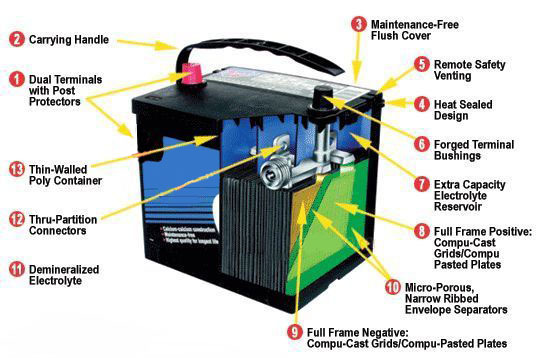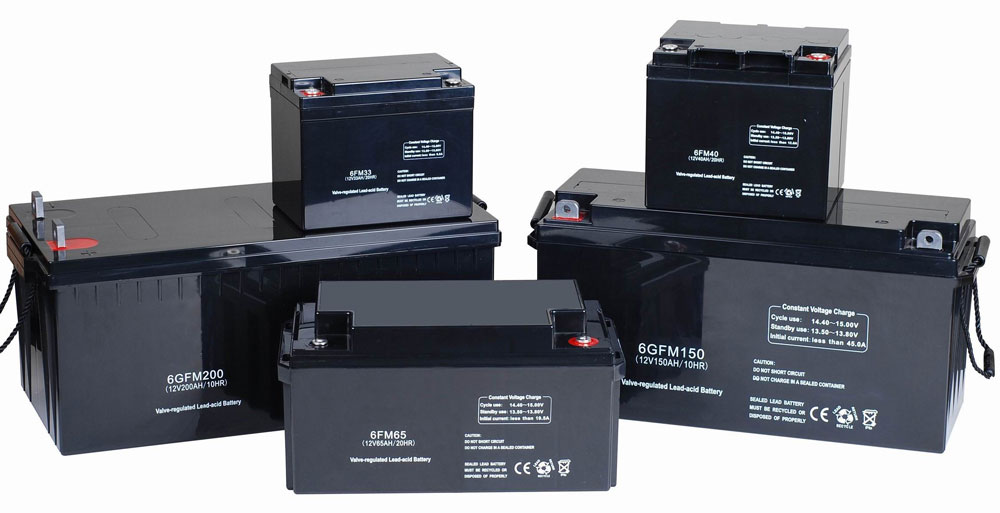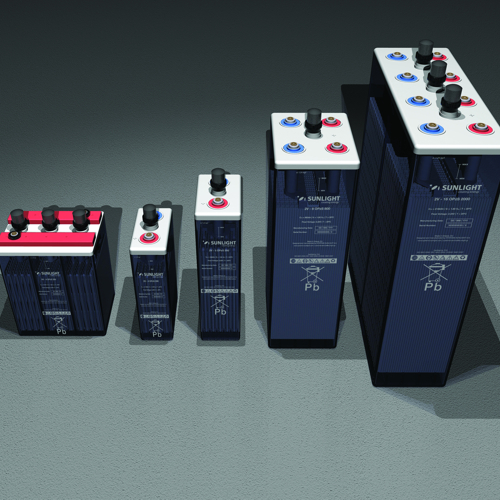Since the number of the population worldwide is constantly on the rise, and is currently counting more than 7.5 billion, it’s needless to say the waste of resources is much greater than it ever was. While it’s a cause for celebration, since there have never been as many people on this planet before as there are in the present day, it’s also a cause for alarm and the chance to get in the habit of being more prudent when it comes to energy waste.
One way to do so is to consider going off-grid, even if you don’t exactly live in a remote area. You can achieve this with the help of natural renewable sources, such as the sun and the wind, by installing solar panels or wind turbines. Then again, it’s also the choice you make when it comes to the batteries. If you want to ensure you have access to electricity even when your system isn’t producing it, you require batteries, and you can make the most of cost and carbon footprint reduction by opting for the deep cycle batteries. They are also known as lead acid batteries, and solar batteries.
As is implied by their name, these batteries are designed to function in cycles, and these cycles have to do with deep discharging and recharging. These deep processes are the exact opposite from those of car batteries, where everything happens instantly, which is why a car battery can never last as much as a deep cycle battery can, and we’re talking about years and years – as up to ten if properly maintained. Another important thing you have to know about the deep cycle batteries is there are two types: flooded lead-acid (FLA), and sealed which are also known as valve regulated lead-acid (VRLA).
To be able to make the right choice when purchasing these batteries, you have to be aware of certain aspects. For one, you have to take the applications you need the batteries for into account, so you can decide on the adequate capacity that’s related to the size and nominal voltage, as well as your storage space, and then based on the design and materials used you can get the info on the cycle life. Despite these aspects, you still can’t make the right decision unless you also consider the area where you live. This is important in terms of ease of battery maintenance.
If you live in a remote area, where you can’t exactly count on regular maintenance, then you’d make the most use of a sealed battery since they are practically maintenance free, even if it’s more costly initially, as opposed to the low-cost, widespread available flooded batteries that require a bit of frequent maintenance. An added bonus to having sealed batteries is having the possibility of storing them even in places that lack ventilation.




